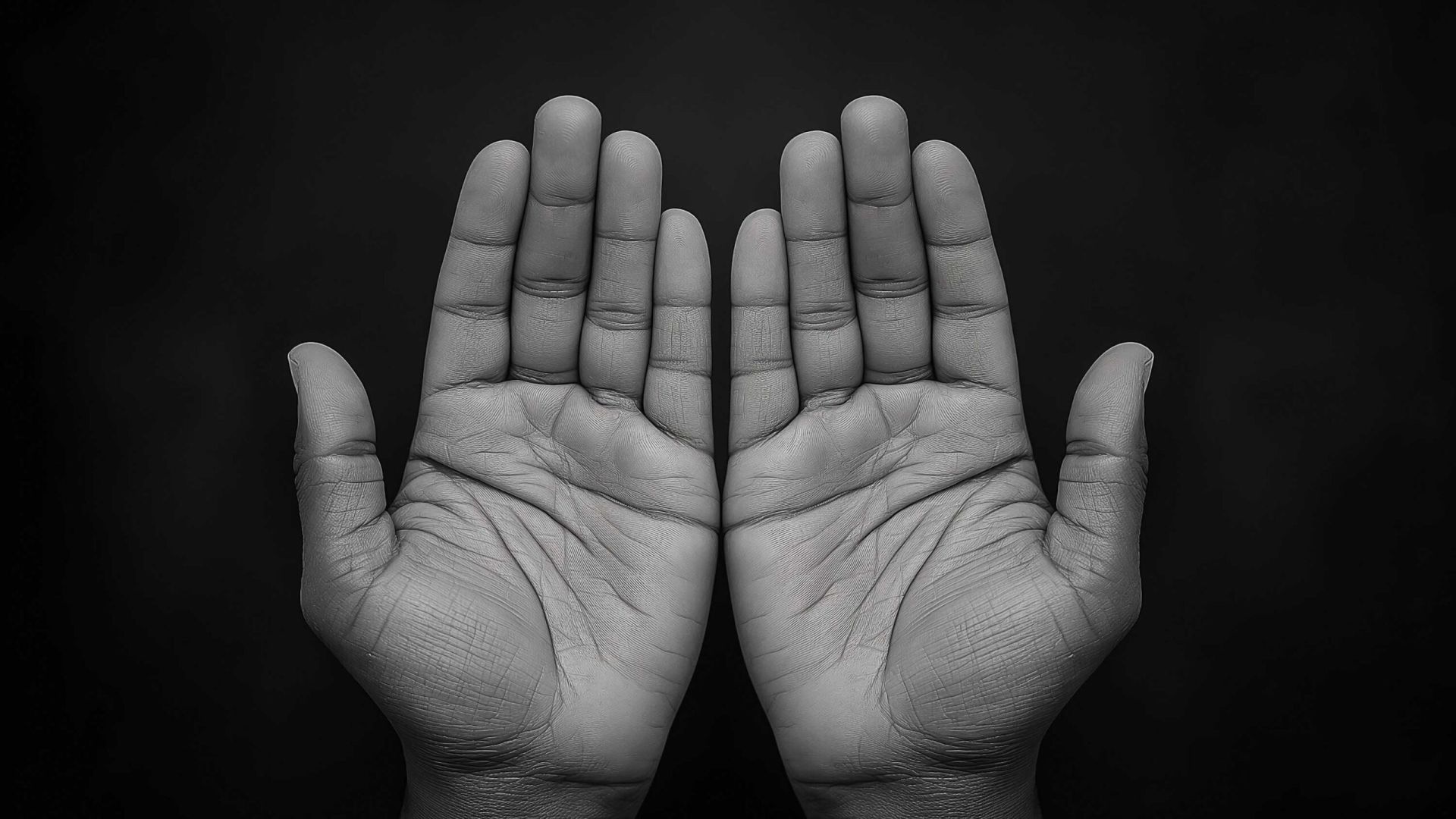From those Imāms of the Salaf who support it, one of their main proofs is the ḥadīth,
‘The ṣalāh in the jamāʿah is better than the ṣalāh by one’s self.’
And for those Imāms of the Salaf who oppose it, one of their main proofs is,
‘The Prophet (ṣallallāhu ʿalayhi wa-sallam) came from the passageways of Madīnah and he found that the people have prayed, so he returned home and gathered his family and made ṣalāh with them.’
A close look at the aḥādīth, their chains and the circumstances surrounding them is mentioned. Imām al-Mubarakfooree’s explanation is widely used in explaining this difference of opinion and clarifying the permissibility of making a 2nd jamāʿah.
An interesting point is made regarding the argument brought forth to oppose the 2nd jamāʿah,
“Their argument is that he came to the masjid, found that the people have prayed so he returned home, so therefore, according to their argument, they cannot pray alone in the masjid as this would oppose the ḥadīth.” An important point considering the fact that those who oppose the position of making a 2nd jamāʿah often pray alone in the masjid.
A clarification is made concerning the narration of Ibn Abī Shaybah mentioned by al-Ḥasan al-Baṣrī, in which it is mentioned, ‘If the companions went to a masjid that was already prayed in, they would pray by themselves.’ The additional clarification being that ‘they feared the sultaan (the ruler)’, meaning that they feared this ‘2nd jamāʿah’ would bring about harm and appear to be splitting from the ruler, a specific circumstance. A important explanation since this is from the points often used by those in opposition to the 2nd jamāʿah.
Other jewels are brought forth by Imām Muḥammad Ibn Ṣāliḥ al-‘Uthaymīn and other scholars explaining the permissibility and superiority of the jamāʿah.













